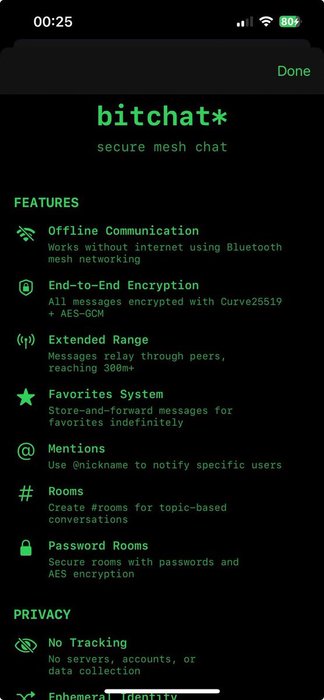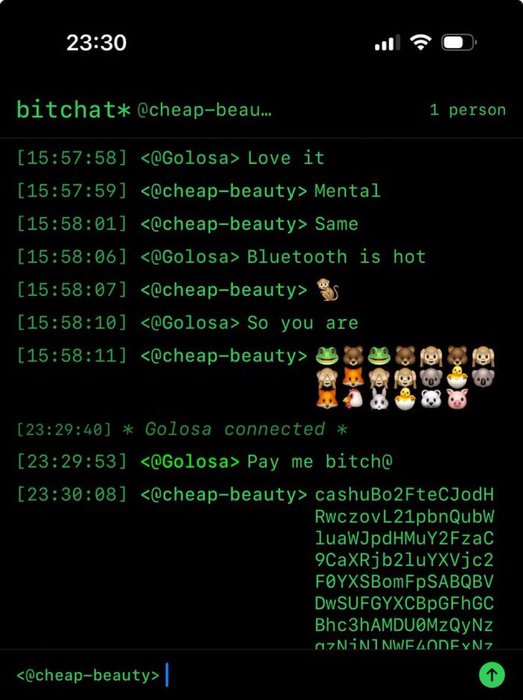Sublime
An inspiration engine for ideas
Nakamoto combined several prior inventions such as digital signatures and Hashcash to create a completely decentralized electronic cash system that does not rely on a central authority for currency issuance or settlement and validation of transactions. A key innovation was to use a distributed computation system (called a “proof-of-work” algorithm)
... See moreDavid A. Harding • Mastering Bitcoin
A purely peer-to-peer version of electronic cash would allow online payments to be sent directly from one party to another without going through a financial institution. Digital signatures provide part of the solution, but the main benefits are lost if a trusted third party is still required to prevent double-spending. We propose a solution to the ... See more
Satoshi Nakamoto • bitcoin.pdf
This was one of an ever-diminishing number of communications from Satoshi during the fall of 2010. Messages from both Satoshi and Martti had been increasingly rare.
Nathaniel Popper • Digital Gold: Bitcoin and the Inside Story of the Misfits and Millionaires Trying to Reinvent Money
The Cypherpunks used their mailing list to document various attempts at building an electronic coin network. This included “e-gold,” in 1996; an anti-spam proof-of-work algorithm called Hashcash by Adam Back; an anonymous proof-of-stake electronic cash network in 1998; and Bit Gold, a proof-of-work string of cryptographic hashes by Nick Szabo in 20... See more
Friends with Benefits (FWB) • A Political History of DAOs



The creator of Twitter and Cash App, @Jack Dorsey just released a Bluetooth messaging app called ‘Bitchat’ that doesn't need the internet or cell service.
Within an hour, users have started sending bitcoin using the peer-to-peer encrypted mesh network. https://t.co/KeqznT7ccn

Bitcoin was first described in 2008 with the publication of a paper titled “Bitcoin: A Peer-to-Peer Electronic Cash System,”1 written under the alias of Satoshi Nakamoto